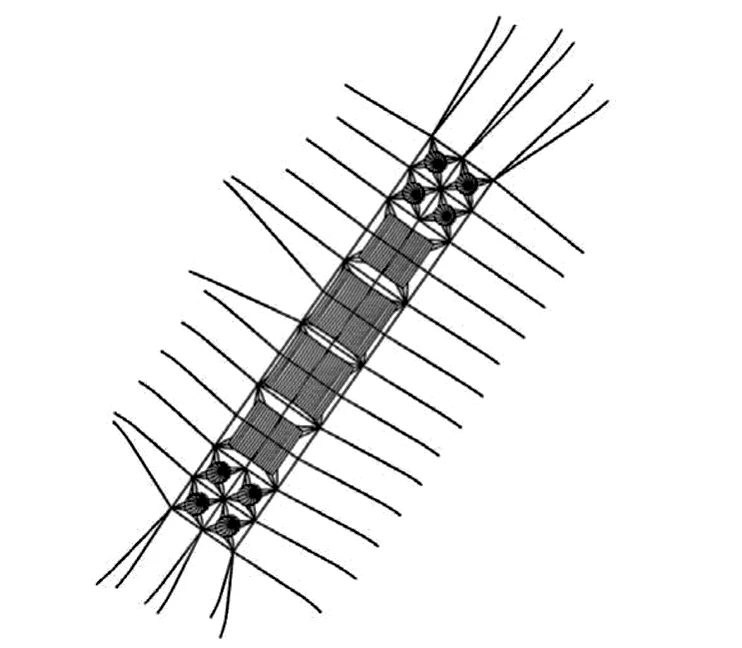Although salmon farms help take pressure off wild stocks, the penned fish do produce a lot of waste which is concentrated at one location. A new farm is exploring a solution to that problem, by raising salmon and kelp in adjacent pens.
The experimental aquaculture operation is located in the municipality of Steigen, in Norway's Norland county. Norwegian fish farming companies Folla Alger and Cermaq are collaborating on the salmon aspect of the project, while the SINTEF Ocean research group is responsible for the kelp.
The farm consists of 24 net pens, anchored in the ocean near the shore. These pens are joined together in groups of four, and those six groups are in turn connected to one another in a line, forming a rectangle when viewed from above. The two groups at either end of the rectangle contain salmon, while the four in the middle contain kelp.

The idea is that the soluble contents of the feces and uneaten food from the salmon pens will be largely taken up by the kelp, providing nutrients that may boost the seaweed's growth by up to 50%. This could be particularly important at times of the year when naturally occurring nutrient levels in the seawater are lower than average.
It is hoped that the salmon will also benefit from the arrangement. The health of the fish, and of their environment, will be monitored to see how and if this may be the case.

We're told that the harvested kelp will initially be used as a nutritional additive in livestock feed for land animals such as cows and pigs, although ingredients extracted from it should ultimately also find use in salmon feed.
Plans call for 1,500 tons (1,361 tonnes) of salmon and 100 tons (91 tonnes) of kelp to be produced in the first year of operation, with those numbers doubling for the second year. The project is scheduled to run for six years.
Sources: SINTEF, Folla Alger






